Planting a garden takes more than just dropping seeds into the soil. The initial steps in planting a seedling are to prepare the soil, choose the appropriate seeds, and choose the best time to plant. Putting seeds in the ground is only the beginning of the gardening process. The initial steps in gardening are always the most important: preparing the soil, choosing the seeds, and determining when to sow.
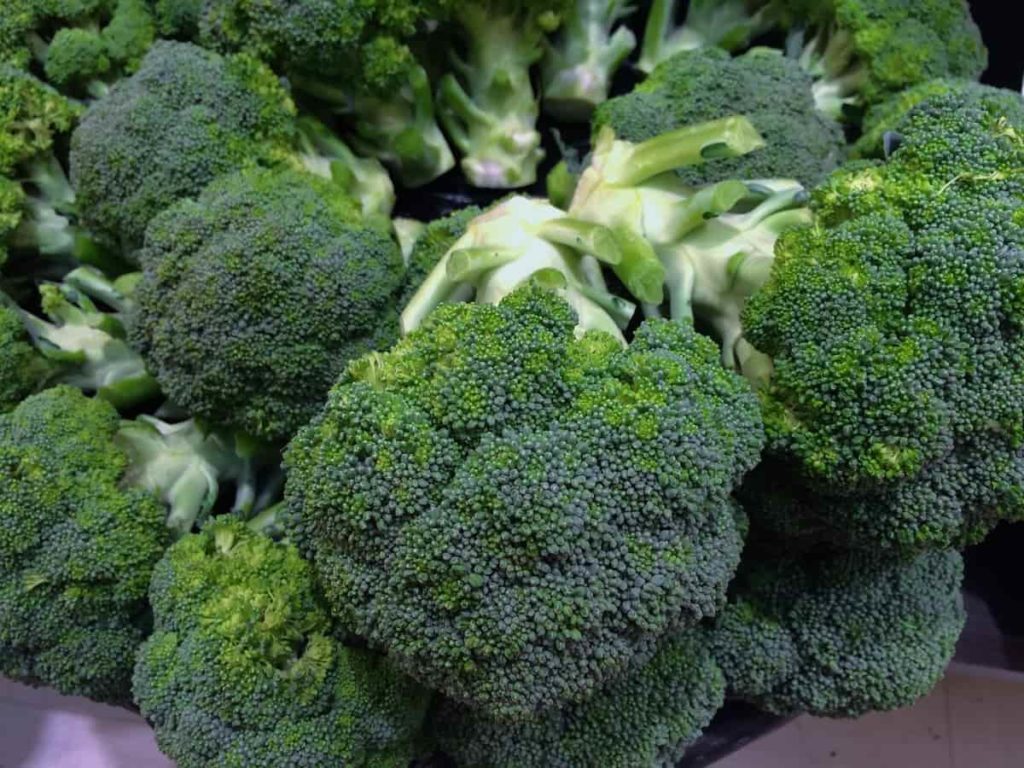
Planting calendars are very useful as they tell you when to start your plants. Below we learn the Iowa vegetable planting calendar, the easiest vegetables to grow in Iowa, a month-by-month planting guide for growing Iowa vegetables, and seasonal vegetable growing schedules for Iowa home gardens.
Iowa vegetable planting calendar/guide (IA)
When can you plant vegetables outside in Iowa?
Most seeds should not be started in January. Some slow-growing woody herbs can be planted in January, including oregano, rosemary, lavender, thyme, and sage. Seeds for tomatoes, onions, leeks, cabbage, and celery should be planted around the end of February. Seeds for crucifers, brassicas, cole crops, cukes, and Swiss chard can be planted around the middle of March.
Cantaloupe, watermelon, lettuce, pumpkin, squash, and sweet potato seeds can be planted around the end of March. Expect to start sowing seeds outside and growing seedlings outdoors around the middle of April.
When should I plant tomato seeds in Iowa?
In general, tomato seedlings develop rapidly. Transplanted plants should be short and stocky. Tomatoes need to be started inside around 5–6 weeks before they are to be planted outside. After the last frost date has passed, you can plant your seedlings outside. Tomatoes can be planted outside in late April in southern Iowa, but not until mid-May in the northern counties.
How late can I plant cucumbers in Iowa?
Growing cucumbers well requires full light and soils rich in organic matter and good drainage. Before planting, add and mix in 1 to 2 pounds of general-purpose garden fertilizer, such as 10-10-10, per 100 square feet if a soil test has not been performed. Grown only during the warmer months, cucumbers are a refreshing summertime treat. Cucumbers should be planted after the last chance of frost has passed, and the soil temperature has reached 60 to 70 degrees Fahrenheit.
By the second week of May, cucumbers can be planted in central Iowa. Southern Iowa gardeners can start their seasons a week early now. Grow northern regions of the state one week later. The very latest you should plant cucumber seeds is July 20. Planting cucumbers is often done in “hills.” Spread out 4–5 seeds per hill and bury them an inch deep. When the seedlings only have one or two genuine leaves, you can start thinning them out.
In case you missed it: How to Plant and Care for Hydrangeas: Steps to Grow Hydrangeas for Beginners
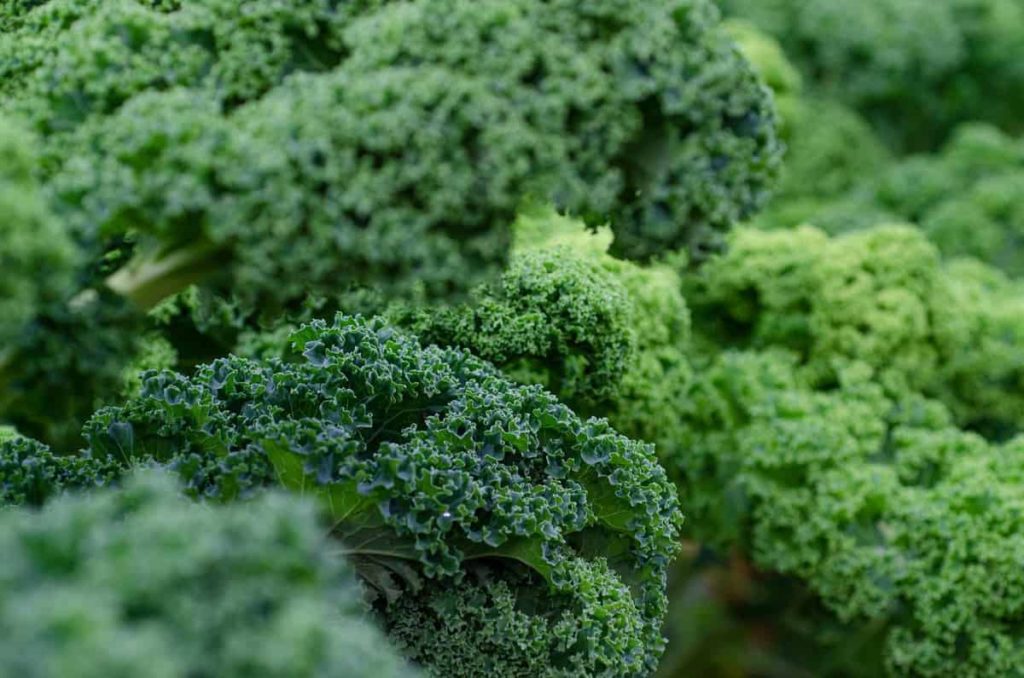
Cucumbers can be started inside for a quicker harvest. Put seeds inside two to three weeks before you want to plant them outside. A plant’s root system is least likely damaged when transplanted from a container into a garden. In each pot, plant three to four seeds. Later, you should pull out all but two of the seeds. When just one or two genuine leaves have formed on a plant, it is ready to be transferred outside. Plants should be hardened off to the outside for a few days in a sheltered area before being planted.
What can I plant in April in Iowa?
Indoor seed starting for annuals should begin in the last week of March or the first week of April, giving the plants enough time to mature before the typical last frost date. Such plants include globe amaranth, marigolds, sweet alyssum, and blooming tobacco. Plant annuals that appreciate chilly weather, such as larkspur, bachelor’s buttons, and California poppy, directly in the ground during the first week or so of the month. Invest in bare-root trees, bushes, and roses. You can grow shrubs, trees, and roses in pots.
Seedlings of flowers that bloom in the chilly months should be planted. Sow seeds for crops that thrive in chilly weather, such as cauliflower, broccoli, and cabbage. Sow the seeds of leafy greens, radishes, and other cool-season crops. Prepare the soil for herbs like parsley and cilantro that thrive in the cooler months. Perennial herb seedlings like sage, oregano, and thyme may also be planted outside. You should plant your pea seeds when the lilac leaves are about the size of a mouse’s ear.
In addition, it is common knowledge that Good Friday is the best day to plant potatoes. Grass seed and sod should be planted. Add perennial flower seeds into your garden. Start perennial fruits and vegetables like strawberries, raspberries, rhubarb, and asparagus from seed. Subdivide late-blooming, late-summer, and late-fall perennial plants. Fast-growing annual flower seeds should be started inside in the final week or so of the month. Flowers such as zinnias, hollyhocks, nasturtiums, nasturtiums, and sunflowers fall under this category.
When is it too late to start tomato seeds in Iowa?
Plant tomatoes outside after the last chance of frost have gone. Tomatoes can be planted after May 10 in central Iowa. Growers in southern Iowa can get a head start on their season by a week, while those in northern Iowa should wait two weeks longer. The 20th of June is the latest day for planting tomatoes.
The finest results from growing tomatoes come from rich, well-drained soil. Sites with poor drainage and thick clay soils should be avoided. Tomatoes are susceptible to diseases such as Septoria leaf spots and early blight. Therefore, it’s best to rotate their planting every year.
How late can you plant green beans in Iowa?
Green beans, which go by many other names, including string beans, snap beans, and wax beans, are a vegetable of the warm season that should be sown after all risk of frost has passed. Green beans can be planted in central Iowa as early as May 1. Plants will continue to yield well for weeks if they are picked regularly. Green beans should be planted no later than the first week of August. Weather is a significant factor in crop productivity in the Midwest.
Growing lima beans need 70 to 80 degrees Fahrenheit. During flowering and pod development, they need 1 inch of water weekly. Some of the blossoms may fall off before the pods form if the weather is too hot and dry during the flowering stage. An abundance of nitrogen in the soil will cause healthy growth, but it can also prevent the development of pods.
How late can you plant potatoes in Iowa?
The best time to grow potatoes is at the beginning of spring. Southern Iowa should plant in late March or early April, central Iowa in early to mid-April, and northern Iowa in mid to late April. Seed pieces should be planted 3–4 inches deep, and little entire potatoes should be spaced 1 foot apart in the row. The recommended distance between rows is 2.5 to 3 feet. If you want to grow potatoes but know they’ll be safe from infections, you should get them from a garden store or an online nursery that guarantees they are disease-free.
When can I plant lettuce in Iowa?
Direct sowing in the garden can be done twice a year, once in the spring and once in late summer. Seven to ten days is a realistic timeframe for seedlings to sprout if the soil is consistently wet. Lettuce can be broken into four categories: crisphead, romaine, butterhead, and leaf.
What planting zone is Iowa?
Due to its highly humid environment for a continental region, Iowa has the fewest plant hardiness zones of any state. Extreme weather is something every state has to deal with, from freezing winters to scorching summers to drenching springs. All summer long, high humidity and temperature are issues. In the hottest summer months, daytime highs often top 90 degrees and sometimes hit 100. Temperatures of -18 degrees Fahrenheit or below are not uncommon in the dead of winter.
In case you missed it: How to Grow Snake Plants: A Guide to Planting and Care
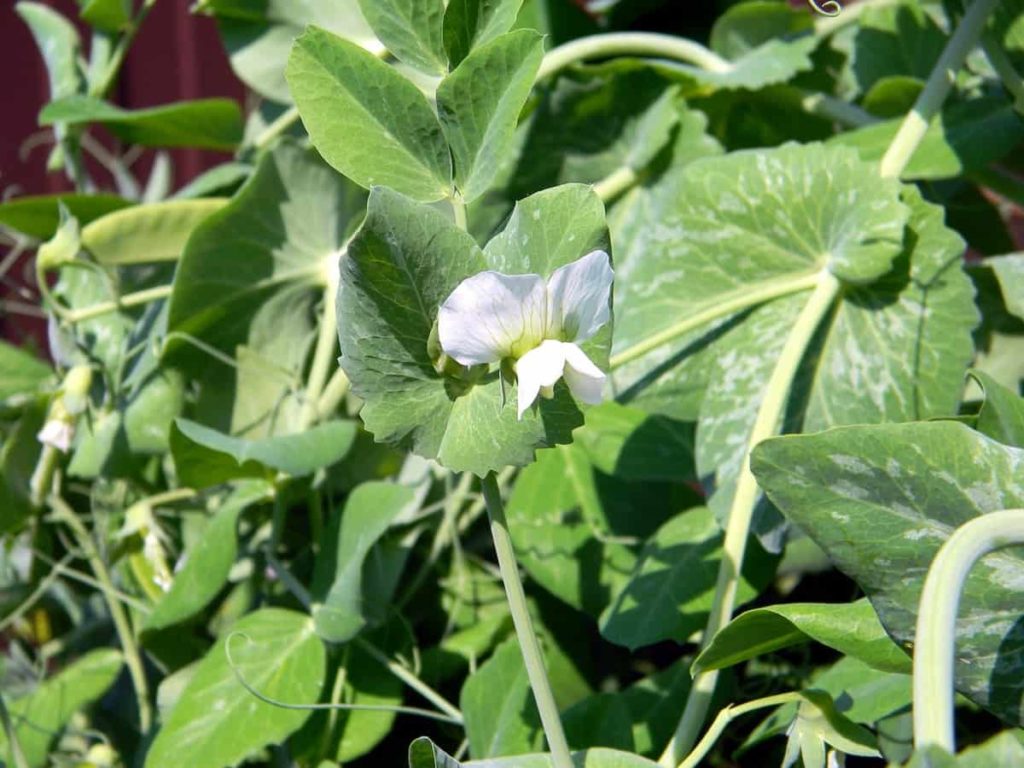
On average, there are 166 clear days in Iowa every year, with 200 days of clouds or partial clouds. Most of Iowa is in USDA Hardiness Zone 4b, while a tiny pocket of 6a is in the state’s southern corner. Gardening success requires an understanding of planting and hardiness zones. By consulting an online planting zone map, find out what plants can be grown in your area and when to plant them. Iowa has a system of planting zones to help you figure out which plants will thrive in your region.
The latest day of predicted frost is the optimal time to plant your garden. Any plant that can survive in your zone, or one below, can be grown successfully by you. That implies that 4b gardeners can safely grow everything designed for zones 3–4. In places with shorter growing seasons, even gardens full of plants classified as surviving in higher hardiness zones risk being killed by cold winters.
Iowa’s rich soil is ideal for growing flowers and other plants. Many lovely choices include the peony, lily-of-the-valley, creeping phlox, daffodil, daylily, purple coneflower, and Virginia bluebell. A state garden might include a variety of vegetables, including beans and peas, brussels sprouts, cabbage, broccoli, and lettuce.
What can I plant now in Iowa?
Spring gardening in Iowa
Slower-growing annual seeds should be started 10 to 12 weeks before the typical last frost date. You can find impatiens, annual salvias, and snapdragons in this category. Seeds of cool-season vegetables germinating quickly, including radishes, spinach, and lettuce, should be planted immediately in the ground once the soil can be worked readily. If your perennial plants are more than an inch tall and don’t produce flowers in early spring, it’s time to divide them.
Indoor sowing of annuals, which should begin no later than six to eight weeks before the typical last frost date, can begin in the last week of March or the first week of April. This category includes marigold, globe amaranth, sweet alyssum, and blooming tobacco plants. Planting quick-growing annuals that thrive in chilly weather, such as bachelor’s buttons, larkspur, and California poppy, in the ground during the first week or two of the month is a good idea.
Spread bare-root rose bushes, bushes, and trees. Plant rose bushes, shrubs, and trees in pots. Seedlings of flowers that bloom in the chilly months should be planted. In the spring, sow seeds for vegetables that thrive in the cooler months, such as broccoli, cauliflower, and cabbage. Sow the seeds of leafy greens, radishes, and other cool-season crops. Prepare the soil for herbs like parsley and cilantro that thrive in the cooler months. Perennial herbs like oregano, sage, and thyme can also have their seedlings planted in the wild.
The conventional thinking is that you should sow pea seeds when the lilac leaves are about the size of a mouse’s ear. In addition, it is common knowledge that Good Friday is the best day to plant potatoes. Grass seed and sod should be planted. Add perennial flower seeds into your garden. Seed edible perennials such as strawberries, raspberries, rhubarb, and asparagus. Flowering perennials that bloom later in the year should be divided. Fast-growing annual flower seeds should be started inside in the final week or so of the month.
The hollyhock, zinnia, nasturtium, zinnia, and sunflower are included. You can grow shrubs, trees, and roses in pots. Flower perennials should be planted and divided regularly. Grass seed and sod should be planted. Later-blooming perennials should be divided in the autumn. Following the typical end of frost on May 10th: Introduce annual flowers that thrive in hotter climates by planting their seeds. Simple, fast-growing annuals that thrive in warmer climates include sunflowers, cosmos, nasturtiums, zinnias, and hollyhocks, all of which can be planted from seed straight in the ground.
In case you missed it: Indiana Vegetable Planting Calendar/Guide (IN): Month Wise, Fall, Winter, Spring, Summer, Zone 5, and Zone 6
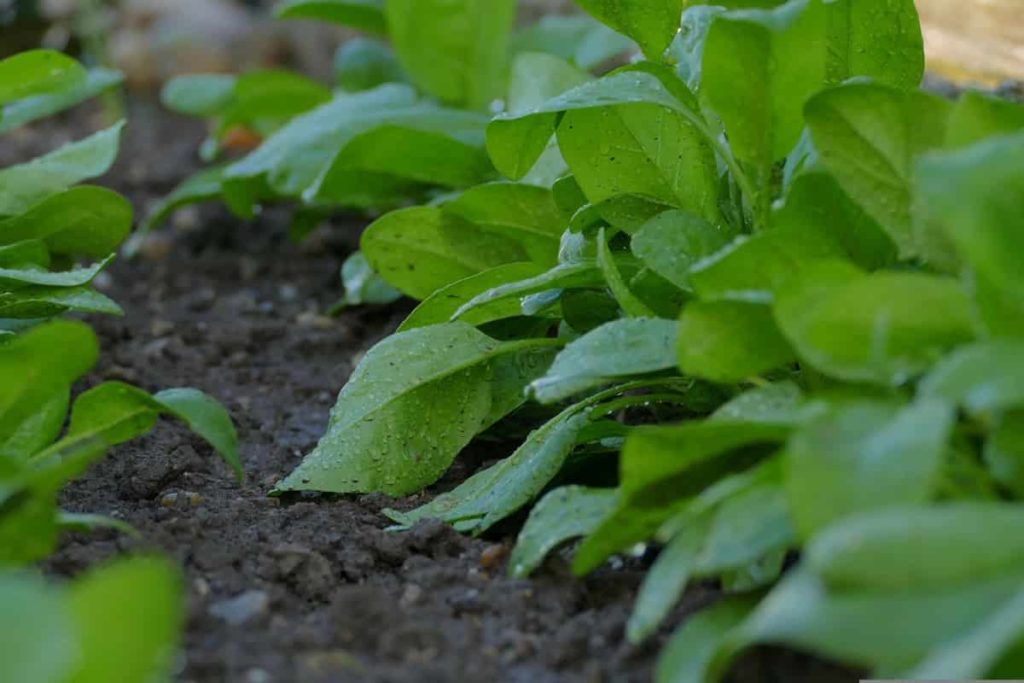
Start your tomatoes, peppers, and eggplant from seedlings this year. Squash, cucumber, and melon seedlings can also be planted. Although they need warm soil to grow, seedlings may be planted right now; once established, they will require less heat. Seed warm-weather herbs like basil into your garden’s soil. Cannas, elephant’s ears, gladiolus, and tuberous begonias are just a few tropical bulbs and tubers that will bloom throughout the summer.
Fall gardening in Iowa
Planting grass seeds in the fall is optimal, particularly when predicted rain. Keep the soil wet during the first 2 to 3 weeks to promote development. Providing the new sod is well-watered, the month of September is also a great time to plant it. Perform a division and replanting of spring-flowering perennials. Perennials, trees, shrubs, and roses growing in pots should all be planted now if possible.
However, they could have to endure oppressive heat this month and might not have much time to settle down before the onset of severe cold. It can be difficult for cool-season crops like lettuce, kale, radishes, and others to grow in the heat and dryness of autumn, but you can still plant them. In the early part of October, sow grass seed or lay sod.
This is the best month to plant bulbs that will bloom in the spring. Use annuals if you can’t afford perennials. However, they may not have much time to settle down before the onset of freezing temperatures. It is not ideal, but you can still plant spring-blooming bulbs during the first two weeks of this month if the soil has not frozen and you can dig deep enough.
Summer gardening in Iowa
Plant corn, squash, green beans, cucumbers, and melons in warmer soil. Sprinkle some grass seed if it seems like it could rain. Unfortunately, the weather is often too hot and dry for planting at this time. Water well for the following two weeks, and plant or divide only on colder, cloudier days. Plants in containers are an exception since you can provide a constant water supply and maintain a steady temperature for them.
Late July is an ideal time to grow various veggies for harvest in the autumn. Be sure to plant your autumn crop of carrots, beets, Swiss chard, kohlrabi, and kale between the first and middle of August. Plant your leaf lettuce and spinach between the last week of August and the first week of September. Late summer seed germination is generally subpar because of the hot, dry soil.
To fasten seed germination, plant autumn vegetables after a shower, spread the seeds a little deeper than in the spring, and then softly water the row. The seeds of lettuce are easily heated. The best time to plant lettuce seeds for optimal germination rates is during a forecasted period of moderate weather that will last over many weeks.
Winter gardening in Iowa
With the weather becoming colder, some people may be scratching their heads about how to get their garden and plants ready for winter. Preparedness is key for plants throughout the winter, and there are various options for doing so. Protecting modern, bush-type roses over the winter is recommended. This includes hybrid teas, floribundas, and grandifloras. Unprotected roses can suffer severe damage from winter’s low temperatures and quick temperature variations.
In case you missed it: Emerging Trends in Agriculture in India: A Guide to Future of the Farming
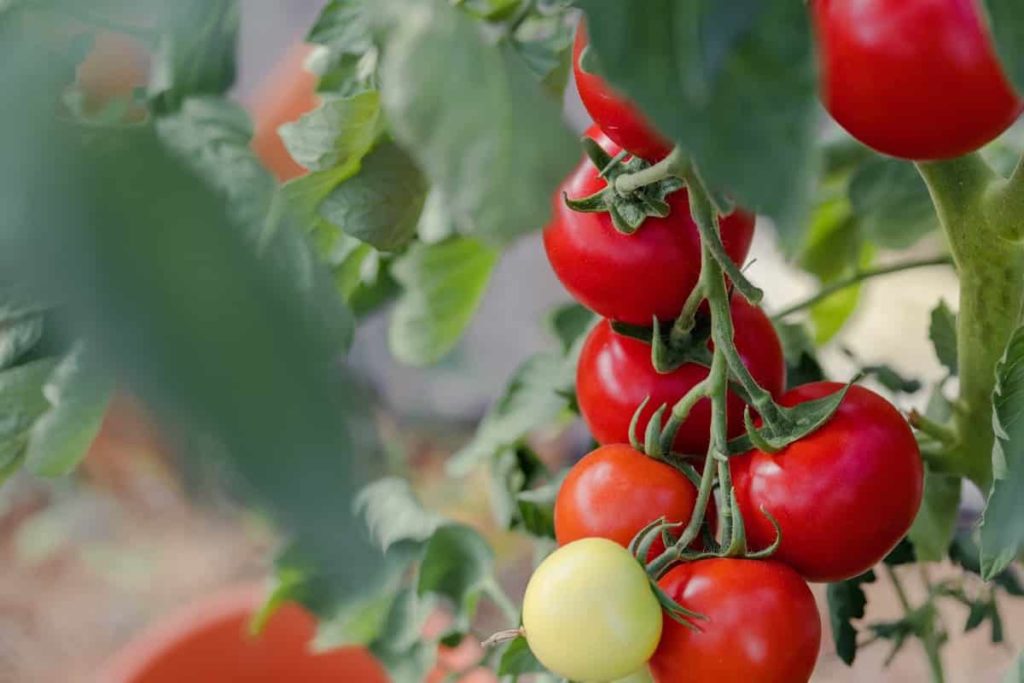
To shield your bushy roses from wind and rain, hill or mound soil around the plants’ bases. Strawberry plants must be mulched in the autumn to protect them from the harsh winter weather. The soil’s freezing and thawing cycles throughout the winter pose the greatest danger to strawberry plants. Flowers and their buds may be lost, and the roots and crowns of plants can be damaged if they are not protected by mulch when the temperature drops below 20 degrees Fahrenheit.
Repeated freezing and thawing cycles may kill plants by uprooting them from the ground if a mulch layer does not protect them. Before you cover the strawberry plants with mulch in autumn, give them time to harden off or acclimatize to the cooler weather. Northern Iowa strawberry patches typically get their mulching in the first weeks of November. Midway through the month of November is ideal for strawberry mulching in central Iowa, while late November is ideal for southern Iowa gardeners.
Wheat, oat, and soybean straw that has been cleaned well and is weed-free make excellent mulching materials. Corn stalks, in their chopped form, are still another option. Mulch needs to be spread at a depth of between three and five inches. A final depth of 2–4 inches is expected. Place wire or plastic netting around the area to contain the straw mulch in places prone to high winds. Blocks or other large items may be used to keep the barrier in place.
Flowering plants like chrysanthemums have weak, short roots. Damage or mortality to plants can result from repeated cycles of freezing and thawing soil throughout the winter. By spreading mulch in the autumn, gardeners can improve the chances that their mums will survive the winter. The freezing and thawing cycles that might uproot plants are mitigated by mulching. Late autumn, towards the end of November in central Iowa, is when you want to put down your mulch. Do not prune the plants just before applying mulch.
Iowa vegetable planting calendar
| Vegetables | Zone 3 | Zone 4 | Zone 5 | Zone 6 |
| Beans | Mid-June to mid-Sep | June to mid-Sep | Mid May to Sep | May to mid-Oct |
| Beets | Mid-May to mid-Sep | Mid Apr to Jun mid-July to Sep | Apr to June mid-July to mid-Oct | Mid Mar to June mid-July to mid-Oct |
| Broccoli | Mid May to Sep | Apr to June July to mid-Aug | Mid Mar to June July to Oct | Mar to mid-June mid-July to Oct |
| Brussel Sprouts | Mid-May to mid-Oct | Mid Apr to mid-Oct | Apr to Oct | May to Oct |
| Cabbage | Mid-May to mid-Sep | May to mid-Oct | Mid Apr to Oct | May to Oct |
| Carrots | Mid-June to mid Sep | Mid Apr to June mid-July to Sep | Apr to Jun Aug to mid-Oct | Apr to June Aug to Oct |
| Cauliflowers | Mid May to Sep | May to Sep | Mid Apr to mid-Oct | Mar to mid-June |
| Corn | – | June to mid-Sep | Mid-May to mid-Sep | May to Sep |
| Cucumber | Mid-June to mid-Sep | June to mid-Sep | Mid-May to mid-Sep | May to Sep |
| Kale | May to Sep | Mid Apr to June mid-July to mid Oct | Apr to June mid-July to Oct | Mid Mar to mid-Jun Aug to mid-Nov |
| Lettuce | may mid-Sep | May to June mid-July to Sep | Mid Apr to June mid-July to mid-Oct | Mid Mar to mid-June Aug to Oct |
| Onions | – | Mid Apr to mid Sep | Apr to Sep | Mid- Mar to Aug |
| Peas | Mid-May to mid-Sep | Mid Apr to June | Apr to June mid-July to mid-Oct | Mid Mar to May Aug to Oct |
| Peppers | Mid Apr to Aug | Mid Apr to mid-Sep | Apr to Sep | Mid Mar to Sep |
| Spinach | May to Sep | Mid Apr to June mid-July to mid-Oct | Apr to June mid-July to oct | Mar to June mid-July to oct |
| Squash | – | June to mid-Sep | Mid May to Sep | May to Sep |
| Tomato | Mid Apr to Aug | Mid Apr to mid Sep | Apr to Sep | Mid Mar to Sep |
In case you missed it: Idaho Vegetable Planting Calendar/Guide (ID): Month Wise, Fall, Winter, Spring, Summer, Zone 3, Zone 4, Zone 5, Zone 6, and Zone 7
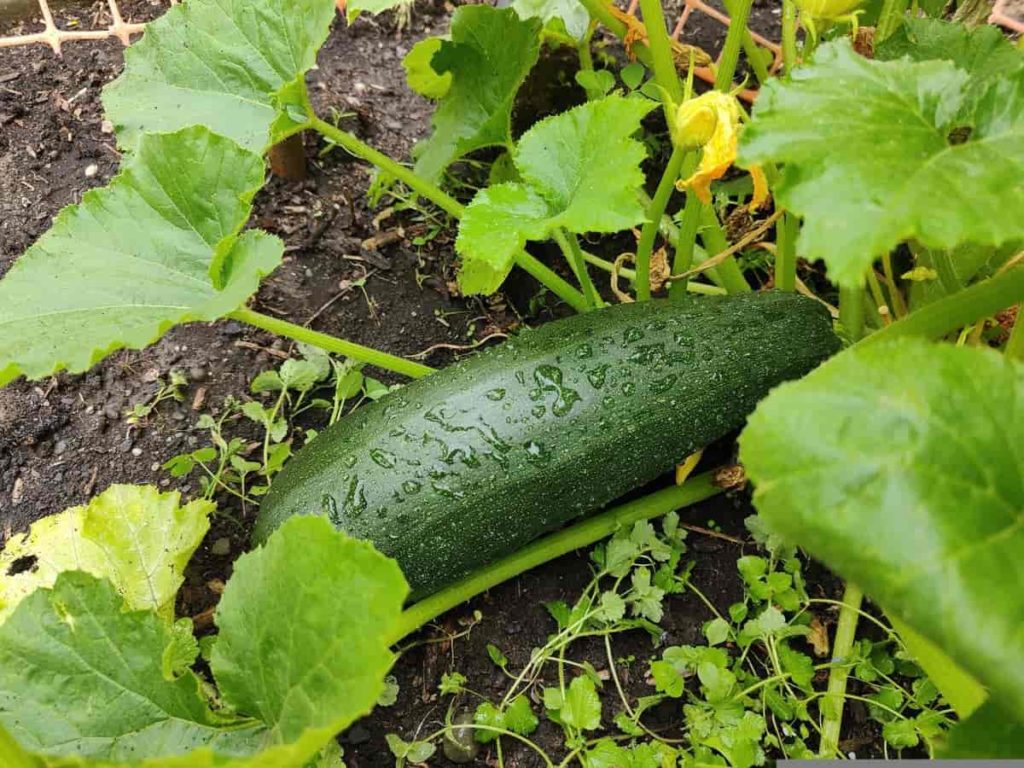
Conclusion
Protect your plants against the cold as soon as they are planted. Tender crops and flowers can still be harmed by a sudden cold snap, even though the soil temperature is ideal and the latest frost date has gone. Frost covers are available for purchase on the internet. If you live in the following towns, cities, and counties of Iowa (IA) in Zone 3, Zone 4, Zone 5, and Zone 6 regions in the United States, this article may help understand the vegetable planting calendar and a month-wise chart along with planting seasons.
| Des Moines | Grinnell |
| Iowa City | Oskaloosa |
| Cedar Rapids | Johnston |
| Dubuque | Maquoketa |
| Sioux City | Clive |
| Waterloo | Sheldon |
| Davenport | Storm Lake |
| Ames | Grimes |
| Council Bluffs | Le Mars |
| Ankeny | Winterset |
| Boone | North Liberty |
| Ottumwa | Iowa Falls |
| Mason City | Sioux Center |
| Cedar Falls | Webster City |
| Fort Dodge | Chariton |
| West Des Moines | Estherville |
| Marshalltown | Le Claire |
| Bettendorf | Oelwein |
| Muscatine | Clarinda |
| Pella | Waukon |
| Coralville | Albia |
| Decorah | Anamosa |
| Keokuk | Central Iowa |
| Urbandale | Western Iowa |
| Dyersville | Southern Iowa |
| Fort Madison | Eastern Iowa |
| Waukee | Northern Iowa |
| Indianola |
- Profitable Village Farming Business Ideas in 2024
- High-Yield Aquaculture: Fast-Growing Fish for Farming
- Effective Fish Pond Construction Techniques for Beginners
- Irrigation and Water Management in Pineapple Farming
- Blossom to Harvest: Mastering Flowering and Pollination in Papaya Farming
- Pig Fattening Essentials: From Selection to Sale for Beginners
- Raising Wagyu Cattle: A Complete Guide for Premium Beef Production
- Soil Types and Their Water Holding Capacity
- Optimizing Irrigation Schedules for Coconut Groves for Enhanced Yield
- Espresso Your Garden: Coffee Grounds for Healthier Acid-Loving Plants
- The Best Soil Mix for Snake Plants: How to Mix Your Own Snake Plant Soil
- Green Thumb Success: Expert Tips for Cultivating Greenhouse Beans All Year Round
- Bloom All Year Round: The Ultimate Guide to Indoor Hyacinth Care
- Eco-Friendly Gardening: How to Make Liquid Fertilizer from Kitchen Waste
- Ultimate Guide to Grow Anise in Pots: Explore Seed Propagation to Harvesting
- Guide to Raising Chester White Pigs: Discover Breed Facts to Growth Management
- Mastering the Elegance: The Ultimate Guide to Weeping Cherry Tree Care, Planting, and Maintenance
- Ultimate Guide to Planting Garlic in Grow Bags: Growing Strategies for Beginners
- How to Fix Spider Plant Leaf-Related Problems: Natural and Organic Remedies
- 10 Reasons Why Your Tulsi Plant is Shedding Leaves: Home Remedies and Solutions
- Optimizing Growth and Yield: The Advantages of Palm Bunch Ash Fertilizer
- Utilizing Neem Oil Extract as a Natural Pesticide for Hydrangea
- From Soil to Harvest: Various Ways in Which Farmers Can Use AI Tools
- Steps to Encourage and Induce Citrus Flowers: A Comprehensive Guide
- How to Fix Snake Plant Leaf-Related Issues: Natural and Organic Remedies
- Transform Your Garden into a Fragrant Oasis with Raat Ki Rani (Night Blooming Jasmine)
- Discover the Ideal Chicken Breeds for Philippine Farms
- How to Create a Poultry Egg Farm Business Plan for Profits
- Grow Lemon Cucumbers Like a Pro: Insider Techniques for Bountiful Yields
- Ultimate Guide to Caring for Your Pink Princess Philodendron: Tips for Thriving Variegation
- Areca Nut Profit Per Acre: Calculating Yield and Cost of Cultivation
- How Kaveri Chicken is Becoming a More Profitable Breed in Indian Backyards
- Transform Your Barn: 9 Steps to Convert a Horse Stall into a Chicken Coop
- Exploring Suffolk Sheep Disadvantages with Limitations and Challenges
- Guide to Solving Potted Lemon Tree Problems: How to Revive Lemon Tree in Containers
- Steps to Encourage Female Pumpkin Flowers: Best Strategies for More Flowers and High Yields
